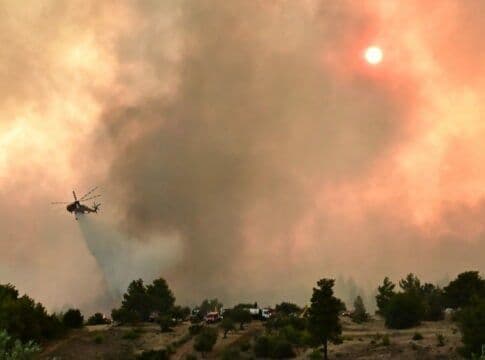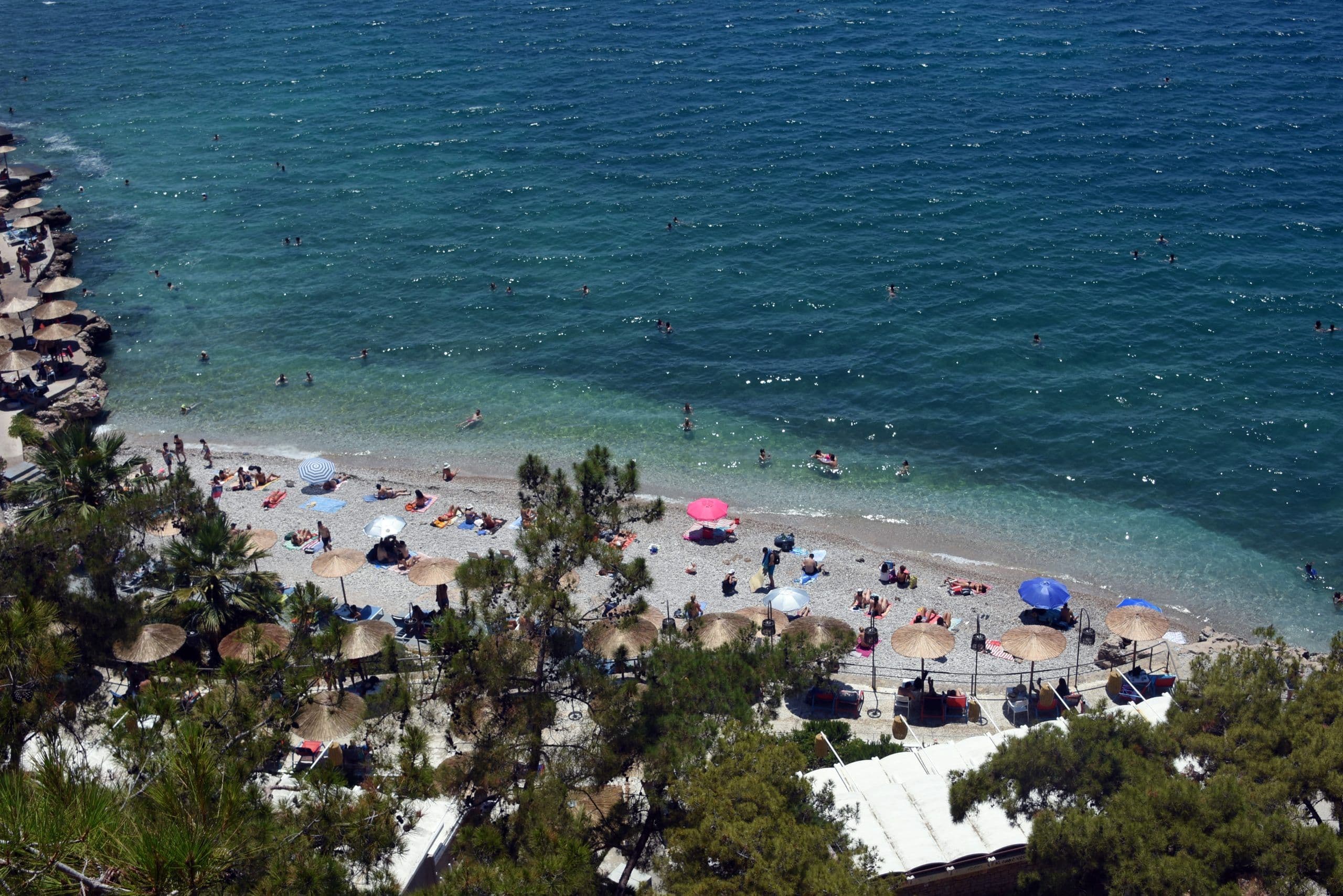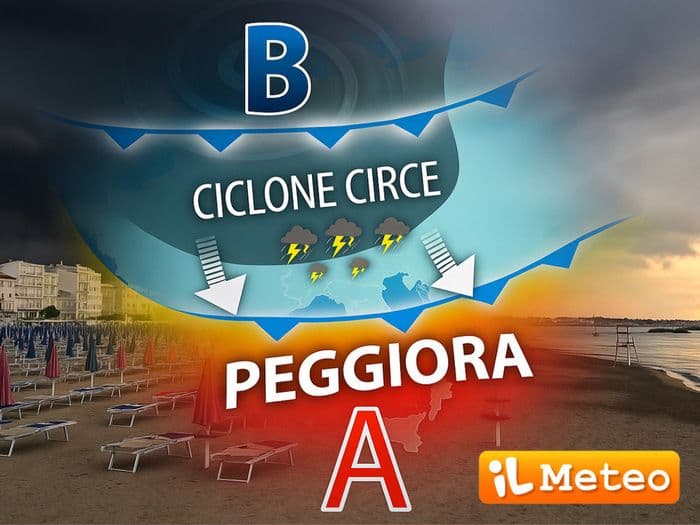When Azure Skies Roar: Unraveling Greece's Intense Summer Storms
Explore the intense summer thunderstorms gripping Northern Greece. Uncover the science behind these powerful storm complexes & their impact on regions like Thessaloniki.

The Thermaic Tempest: A Sudden Turn in Northern Skies
Greece, a land synonymous with endless summer sunshine, often surprises with dramatic shifts in its meteorological tapestry. While much of the country was braced for another day of azure skies and high temperatures reaching up to 36 degrees Celsius across the mainland, a different narrative unfolded in the north. Monday saw an abrupt turn, particularly across , where unstable conditions brought localized rains and thunderstorms from the pre-noon hours. This wasn't just a few scattered showers; meteorologist promptly alerted the public to a powerful storm complex burgeoning over the just before 11 AM. Accompanied by intense lightning, this system quickly demanded attention. Areas like , the northern (), and also experienced temporary cloud increases with local rains and potential isolated storms. The suddenness of this shift, especially in a region typically basking in summer warmth, highlighted the unpredictable nature of these intense weather phenomena, signaling a need for heightened awareness across several key northern prefectures.
Decoding the Sky's Fury: The Science of Summer Storm Complexes
Such sudden, powerful meteorological events are far from random; they are the consequence of specific atmospheric conditions that, while perhaps less common than the relentless summer heat, are inherently Greek. The formation of a 'strong storm complex,' as identified by in the , speaks volumes. Unlike isolated thunderstorms, a complex implies a more organized, often multi-cell system, drawing immense energy from the intense summer heat and humidity that builds up over the mainland. When cooler air masses or upper-level disturbances interact with this superheated, unstable air, the result can be explosive convection. The reported 'intense lightning activity' is a tell-tale sign of a highly charged atmosphere, indicative of strong updrafts and downdrafts within these robust storm cells. This potent combination of heat, moisture, and atmospheric triggers transforms what might seem like a serene summer day into a canvas for nature's raw power, particularly impacting the vulnerable low-lying and coastal areas of where the air masses converge.

Navigating Nature's Warning: Preparedness and Regional Impact
When the skies unleash their fury, understanding the warnings and preparing for their impact becomes paramount. Meteorologist didn't just report the storm; he issued a vital call for 'great caution' across seven specific regions: , , , , , , and the coastal areas of . These areas were singled out due to the anticipated intensity of the storms and lightning. But the impact of such weather in extends beyond mere rainfall and thunder. The same period saw reports of significant wildfires breaking out in other parts of the country, such as and . While direct causation isn't always linear, the interplay between weather extremes – periods of intense heat and dryness followed by sudden, often dry, lightning strikes – can create a volatile environment. This underscores the critical need for robust public information campaigns and local emergency preparedness, ensuring residents and visitors alike are equipped to act swiftly and safely when the serene summer facade gives way to nature's more dramatic displays.

The Shifting Canvas: Greece's Evolving Weather Narrative
The transient nature of these powerful summer storms, followed by a return to more typical conditions, paints a dynamic picture of evolving weather patterns. Following Monday's tempest, the forecast for Tuesday indicated continued localized showers and isolated storms, primarily in western and central , , and parts of , before gradually improving in the afternoon. Temperatures were expected to dip slightly in these northern and western regions, settling between 29-32 degrees, while the south remained warmer. As the week progressed into Wednesday, Thursday, and Friday, the weather narrative shifted once more. Skies were predicted to clear substantially, though with an increasing presence of strong northerly winds, reaching up to 7, even 8, Beaufort in the by the end of the week. This sequence – from intense localized storms to clearing skies accompanied by powerful winds – highlights the complex and sometimes contradictory challenges faced by a country accustomed to long, hot summers. It’s a compelling reminder that even in sun-drenched , the weather is a constantly shifting canvas, demanding vigilance and adaptation from all who live under its beautiful, yet occasionally roaring, skies.
Related Articles

From Scorched Earth to Sky's Fury: Greece's Dramatic Weather Metamorphosis

From Scorched Earth to Sky's Fury: Greece's Dramatic Weather Metamorphosis

The Unsettled Sky: Rethinking Preparedness as Greece's Climate Shifts

The Unsettled Sky: Rethinking Preparedness as Greece's Climate Shifts

The Unseen Scorch: How Greece's Summers Are Silently Reshaping Life

The Unseen Scorch: How Greece's Summers Are Silently Reshaping Life

Italy's Atmospheric Awakening: Navigating a Summer of Unprecedented Volatility
